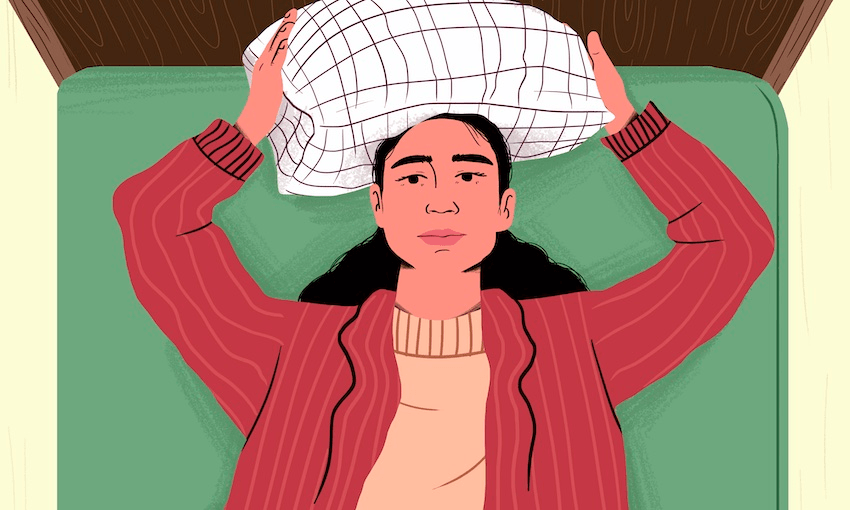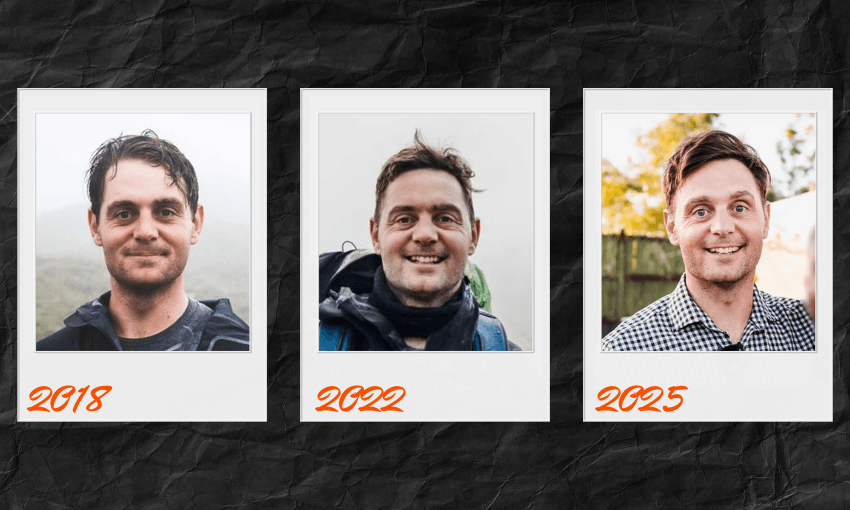As part of our series exploring how New Zealanders live and our relationship with money, a young public servant who finds it hard to make ‘fun’ purchases shares the ins and outs of his finances.
Want to be part of The Cost of Being? Fill out the questionnaire here.
Gender: Male.
Age: 23.
Ethnicity: NZ European.
Role: Policy adviser at a regional council.
Salary/income/assets: Salary of $84,000 p.a. Total savings of approximately $45,000. This is made up of around $20,000 across various investments, $15,000 in KiwiSaver, and $10,000 in liquid bank accounts.
My living location is: Urban.
Rent/mortgage per week: I am fortunate enough to be living at home, with my parents not asking for any rent so I can save some money. I was previously paying $300 per week before moving home (which was a key reason for doing so!)
Student loan or other debt payments per week: Student loan of approximately $30,000 with no other debt payments.
Typical weekly food costs
Groceries: I cook once or twice a week for my family (six of us living together), and bake a lot. I do tend to grab snacks from the supermarket fairly frequently, and all up it tends to come out to $70-$100 a week.
Eating out: I do not typically eat out unless it’s a special occasion, in which case I always try nab a deal on First Table. Would likely average out to $50 a month.
Takeaways: $10 a week if that – I prefer to cook.
Workday lunches: I always bring leftovers or make sandwiches, genuinely can’t remember the last time I purchased lunch out which I am quite stoked with!
Cafe coffees/snacks: $10-$15 a week. My partner and I love a cruisy stroll down to our local cafe, and tend to alternate weeks shouting ourselves a coffee and treat.
Savings: With limited expenses, I save $1,900 a fortnight. This is split between long-term investments in a managed fund ($1,000), building up shorter-term savings for any travel, relocation, or big expenses in the next few years ($600), and setting aside spending money for a booked trip overseas ($300).
I worry about money: Sometimes.
Three words to describe my financial situation: Privileged, improving, secure.
My biggest edible indulgence would be: Pastries (namely croissants) from my local cafe.
In a typical week my alcohol expenditure would be: $0, I drink maybe once or twice a year.
In a typical week my transport expenditure would be: $20. I bike to and from work, and will top up the family car for any fuel I use on longer trips.
I estimate in the past year the ballpark amount I spent on my personal clothing (including sleepwear and underwear) was: $500. I’ve purchased a bit of activewear and some work clothes, but nothing crazy. Most tends to be on sale. If this includes shoes then it probably balloons to $1,500 – I run a lot and tend to wear through shoes within a couple months.
My most expensive clothing in the past year was: $150 for a pair of Lululemon work pants (highly recommended and so worth the price!)
My last pair of shoes cost: $180 for a pair of new runners.
My grooming/beauty expenditure in a year is about: A replacement moisturiser and cleanser every now and then costs about $80 a year, while a haircut every two months or so means around $500 for the year.
My exercise expenditure in a year is about: $1,000. No gym membership but a lottttt of shoes.
My last Friday night cost: $0. I went for a bike ride to make the most of some nice weather, before cooking dinner and spending the evening reading.
Most regrettable purchase in the last 12 months was: A gym membership I used intermittently for about two months before cancelling. There was no fixed period on the membership so it didn’t cost much, but I just didn’t have the time to go anyhow so not sure why I thought getting a membership would change that.
Most indulgent purchase (that I don’t regret) in the last 12 months was: A secondhand road bike off Facebook Marketplace. Cuts my transport costs right down and is so much fun to ride.
One area where I’m a bit of a tightwad is: Fun purchases – I find it hard to make purchases “just because” or as a treat. I sometimes find myself feeling guilty spending my money on frivolous things, as I think I would be better off saving.
Five words to describe my financial personality would be: Risk-averse, knowledgeable, sensible, trying, fluctuating.
I grew up in a house where money was: Never really discussed at a family level. I think we had less than I was aware of, especially due to being a part of a large family where costs can just pile up out of nowhere, but my parents raised us with so much love that you don’t tend to notice. We’re comfortable now, and it’s something I try and be really grateful for.
The last time my Eftpos card was declined was: Last week, trying to buy a hot chocolate. The chip in my card doesn’t work most of the time, so while I normally get by on Paywave, when it is not available I can’t buy anything. I then tried my credit card, not seeing the “no credit” sign and felt horrible with how much I was delaying everyone else. I immediately ordered a new card.
In five years, in financial terms, I see myself: More stressed (hopefully) with a mortgage looming over me after doing some travelling.
Describe your financial low: In one of my last years of university I had to pay rent for two houses at the same time, due to the crossover of the leases. This sucked, especially as I wasn’t yet working full time so any money I did make just felt like it was vanishing into thin air.
I would love to have more money for: Travel – it would be nice to have enough to travel comfortably without bottoming out the bank account and having to immediately find a job upon returning.
I give money away to: Treating my family every now and then.





